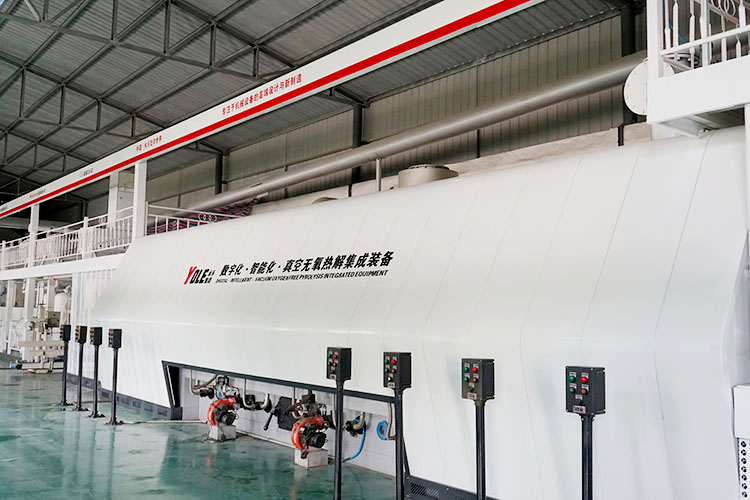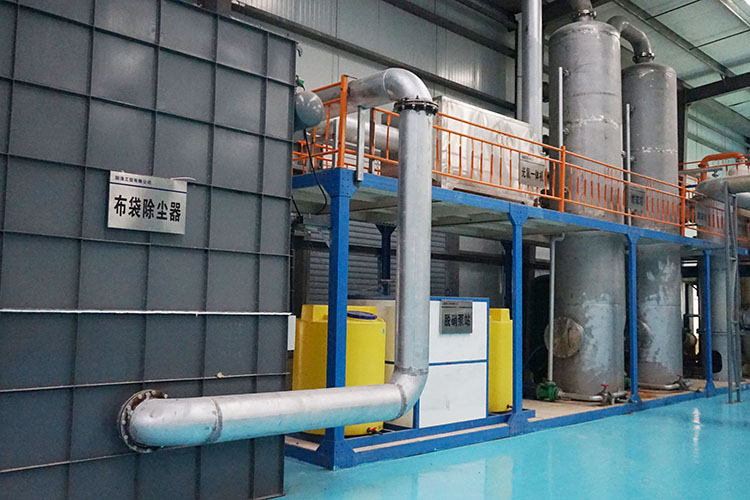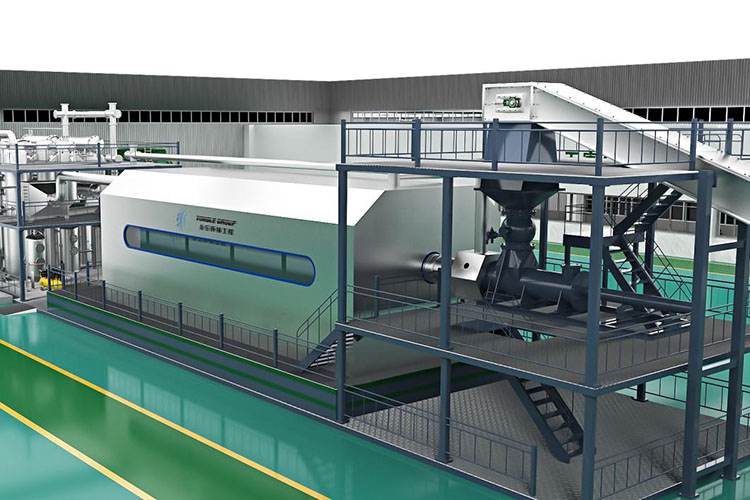Medical waste incinerator is the core equipment in modern medical waste treatment technology, which is specially used to treat various hazardous wastes generated by medical institutions. With the continuous development of the medical industry, the problem of medical waste treatment is becoming increasingly serious. Medical waste is not only huge in quantity, but also contains various pathogens, viruses, chemical pollutants and radioactive substances. If improperly handled, it may pose a serious threat to the environment and public health. Therefore, the application of medical waste incinerator has gradually become an important means to protect public health and the ecological environment.

The working principle of medical waste incinerator mainly relies on high-temperature incineration technology to completely oxidize and decompose medical waste. Its incineration process is roughly divided into four stages. The first is the pretreatment stage, in which medical waste is sent to the incinerator after preliminary crushing and sorting. Some high-efficiency incinerators are also equipped with an automatic feeding system, which greatly reduces the direct contact between operators and medical waste, thereby reducing the risk of infection. Then, the waste enters the main combustion chamber and burns at high temperature. This process is usually carried out in a high-temperature environment of 850℃ to 1200℃ to ensure that the organic matter in the waste is fully burned and decomposed into harmless substances. The residual gas generated during the combustion process will enter the secondary combustion chamber for further oxidation reaction to ensure that the waste is completely harmless.
During the incineration process, the flue gas generated may contain harmful gases and particulate matter, so the medical waste incinerator is equipped with an advanced flue gas treatment system. The flue gas treatment system usually includes multi-stage purification equipment, such as dust collectors, deacidification equipment and activated carbon adsorption devices. These equipment can effectively remove sulfur dioxide, nitrogen oxides and other harmful substances in the flue gas to ensure that the emissions meet environmental standards. In addition, the large amount of heat energy generated during the incineration process can be utilized through the heat recovery system and converted into electricity or heating energy to achieve resource reuse and further improve the economic benefits of the incinerator.

Medical waste incinerators have many advantages over other treatment methods. First, incineration can make medical waste harmless. High-temperature incineration can completely kill pathogens, viruses and bacteria in the waste, avoiding the risk of secondary pollution. This feature makes incineration the preferred method for medical waste treatment, especially when dealing with infectious disease outbreaks or high-risk medical waste, the application of incinerators is particularly important. Secondly, incineration can also significantly reduce the volume and weight of waste. Through incineration, the volume of medical waste can usually be reduced by more than 90%, which greatly reduces the need for subsequent treatment and landfill, saves space in landfills, and reduces environmental pressure.
The heat energy generated during the incineration process can be used for energy recovery, which is a highlight of medical waste incinerators. Through the heat recovery system, the heat generated by incineration can be used for power generation or heating, which not only improves energy utilization but also increases economic benefits. In addition, modern medical waste incinerators are usually equipped with highly automated operating systems, which can improve processing efficiency and safety while reducing manpower operations. This not only reduces the operating risks of workers, but also ensures the stability and continuity of the incineration process.

In general, medical waste incinerators play an irreplaceable role in the field of medical waste treatment. Not only can they effectively treat various hazardous wastes, prevent the spread of diseases and environmental pollution, but they can also achieve economic benefits through resource recovery. With the continuous advancement of technology and increasingly stringent environmental protection standards, the application prospects of medical waste incinerators will be broader and continue to play an important role in the future medical waste treatment system.
Yongle Environmental Protection is mainly engaged in the research and development, production and sales of complete sets of technical equipment for organic solid waste disposal and comprehensive utilization. Production and manufacturing, domestic waste treatment equipment, tire pyrolysis equipment, medical waste disposal equipment, hazardous waste disposal equipment, and achieve efficient and comprehensive utilization of resources through independently developed low-temperature anaerobic pyrolysis equipment technology solutions.
Tags:The principle and advantages of medical waste incinerator equipment,medical waste incinerator equipment,YONGLE GROUP
 Latest news
Latest news


























